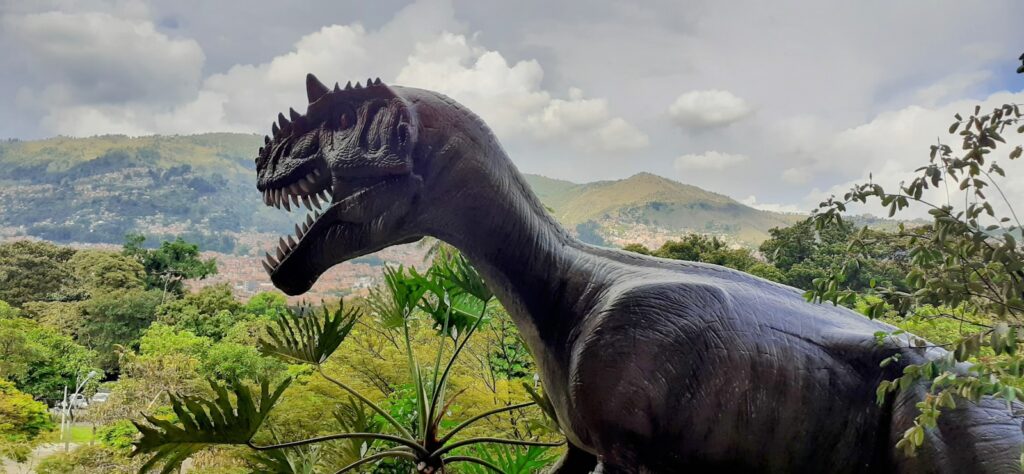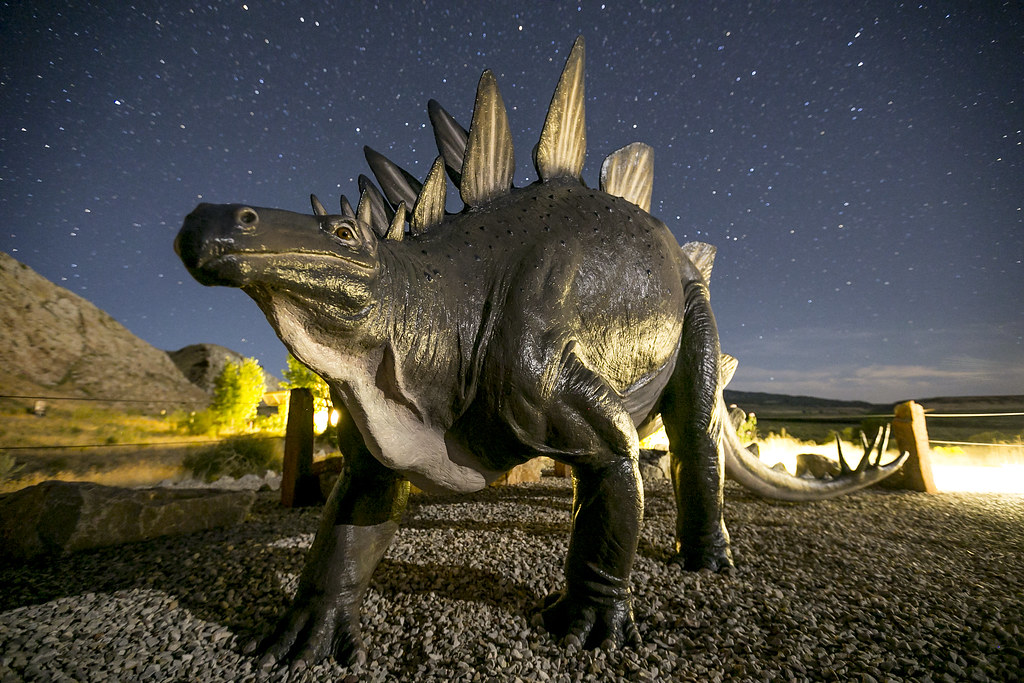When a dinosaur fossil is unearthed, it triggers a complex web of legal, ethical, and scientific questions about ownership. These prehistoric treasures, millions of years old, blur traditional property lines and challenge our concepts of heritage and possession. From Montana ranchers discovering T. rex skeletons on their land to international disputes over smuggled fossils, dinosaur ownership has become an increasingly contentious issue in the 21st century. This article explores the multifaceted debate about who rightfully owns these prehistoric remains – the landowners who discover them, the scientists who study them, or the nations where they’re found.
The Discovery Dilemma: Finding Fossils
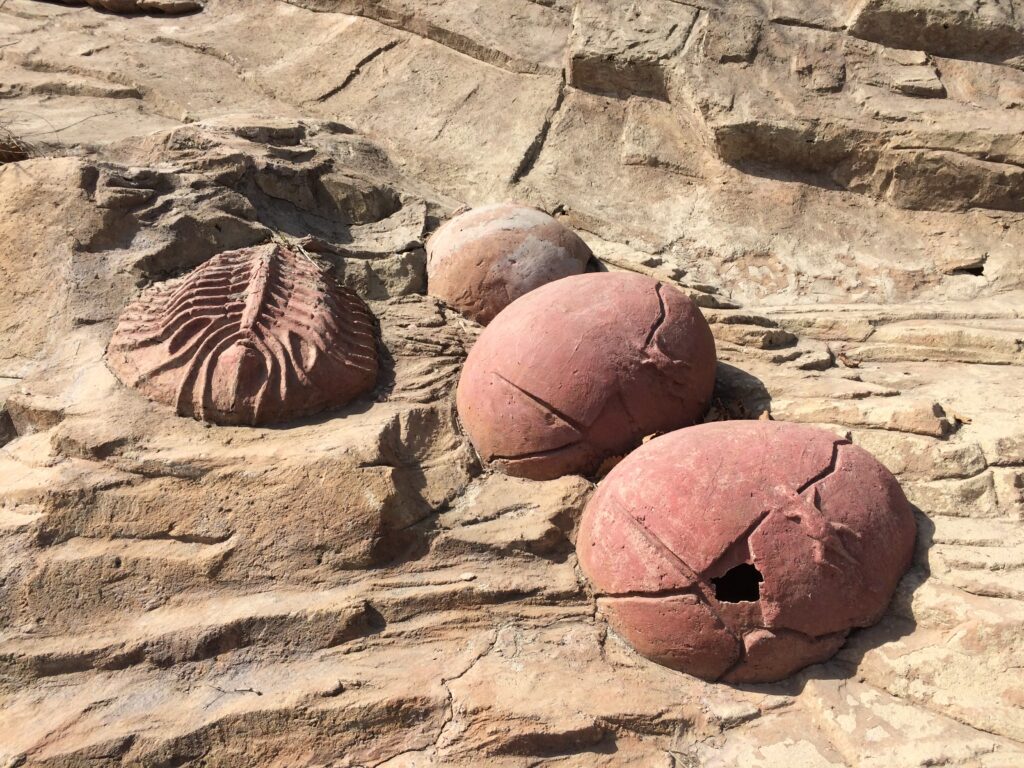
When a dinosaur fossil is discovered, the question of ownership immediately arises, setting the stage for potential conflict between multiple stakeholders. In many countries, particularly in North America, the ownership typically defaults to the landowner where the fossil was found, following the legal principle that land ownership extends to everything underneath the soil. This creates a situation where scientifically invaluable specimens may legally belong to private citizens who have no obligation to make them available for research. Professional paleontologists often develop relationships with landowners to gain permission for excavations, sometimes offering compensation or fossil replicas in exchange for access. The discovery moment itself can be complicated by whether the find was accidental, part of a permitted excavation, or potentially the result of illegal fossil hunting on protected lands.
Private Land, Private Rights: The Landowner’s Claim

In the United States, Canada, and several other countries, landowners possess extraordinary rights to fossils found on their property, treating these prehistoric remains essentially as real estate assets. This legal framework has created a situation where farmers and ranchers in fossil-rich areas like the Hell Creek Formation in Montana have become unexpected custodians of paleontological treasures. Some landowners have profited tremendously from this circumstance, such as the case of the rancher who owned the land where “Sue,” the most complete T. rex ever found, was discovered and subsequently sold for $8.4 million. The landowner’s claim is rooted in centuries-old property laws that weren’t developed with dinosaur fossils in mind, yet they firmly establish that owning the land means owning everything beneath it. This principle has created tension between scientific interests and property rights, with some landowners restricting access to potentially important fossil sites or selling specimens to private collectors rather than museums or research institutions.
Scientific Value vs. Commercial Worth

The tension between dinosaur fossils’ scientific value and their commercial worth creates significant complications in determining appropriate ownership models. When exceptional specimens like the T. rex nicknamed “Stan” sell at auction for $31.8 million, it underscores how the commercial fossil market can place these scientifically invaluable specimens out of reach for museums and research institutions with limited budgets. Scientists argue that fossils represent irreplaceable data points in our understanding of Earth’s history and evolution, data that becomes compromised when specimens disappear into private collections without proper documentation or scientific analysis. Commercial fossil dealers and private collectors counter that without financial incentives, many fossils would remain undiscovered in remote locations or would erode away before scientific expeditions might find them. The monetary value assigned to fossils has created a problematic dynamic where the scientific community’s ability to study certain specimens becomes dependent on philanthropic donations or institutional fundraising capabilities rather than scientific merit.
National Heritage Claims: Dinosaurs as Cultural Property
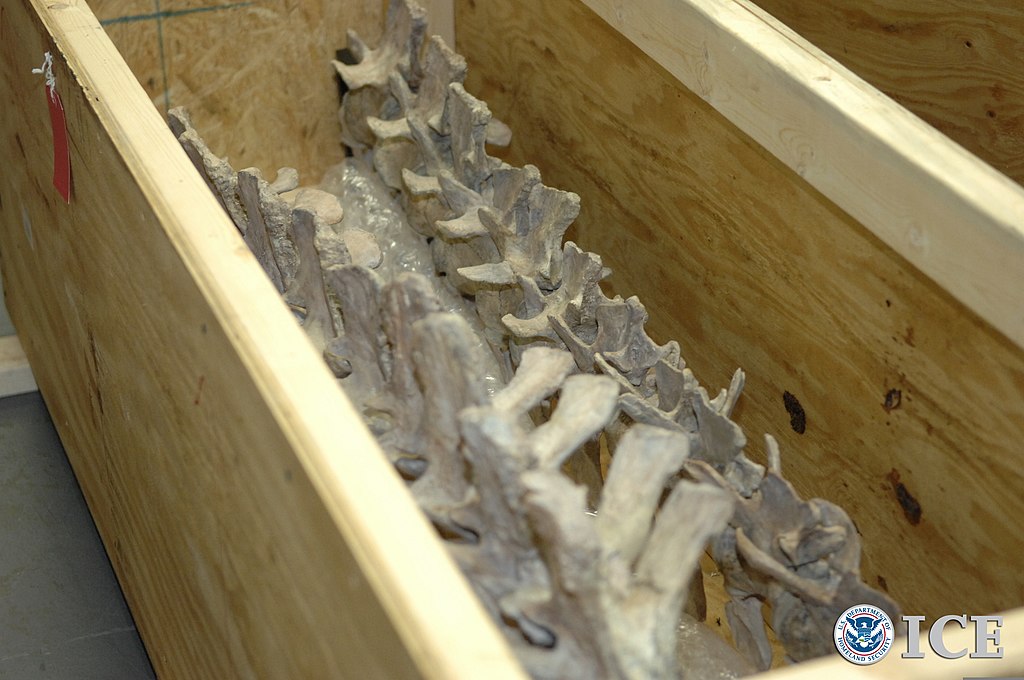
Many nations view dinosaur fossils as integral parts of their natural heritage and cultural identity, deserving protection as state property regardless of where they’re found within national borders. Mongolia has taken a particularly strong stance on this issue, declaring all dinosaur fossils found within its territory as national property that cannot be privately owned or exported. This position gained international attention in 2012 when Mongolia successfully fought for the return of a smuggled Tarbosaurus bataar skeleton that had been sold at auction in New York for over $1 million. Similarly, countries like China, Argentina, and Brazil have enacted strict laws designating fossils as national patrimony that belongs to the state rather than to individual landowners. These heritage-based approaches prioritize the preservation of scientific and cultural resources for public benefit over private property rights, creating legal frameworks that treat fossils more like archaeological artifacts than natural resources.
The International Fossil Trade: Legal and Illegal Markets

The global market for dinosaur fossils operates across a spectrum from fully legal transactions to clearly illegal smuggling operations that violate national patrimony laws. High-profile auctions at respected houses like Sotheby’s and Christie’s represent the legitimate end of this market, selling specimens with documented provenance from countries where private ownership is permitted. However, a significant shadow market exists where fossils illegally excavated from countries with strict protection laws make their way into private collections through elaborate smuggling networks. Fossil poaching has become particularly problematic in fossil-rich regions of Mongolia, China, and various countries in North Africa and South America, where remote locations make enforcement difficult. International efforts to combat this trade have increased in recent years, with initiatives like the UNESCO Convention on Cultural Property providing frameworks for the repatriation of illegally exported specimens. The challenge remains in distinguishing legally acquired specimens from those that entered the market through illicit channels, especially when fossils may change hands multiple times before reaching their final destination.
The Academic Perspective: Scientists’ Claims to Access

The scientific community has consistently advocated for open access to fossil specimens for research purposes, regardless of legal ownership. Paleontologists argue that dinosaur remains represent irreplaceable scientific data that belongs to humanity’s shared knowledge base rather than to any individual or entity. Many scientific journals now require that specimens described in published research be permanently accessible in public institutions, creating pressure against private ownership of scientifically significant fossils. Professional paleontologists often express frustration with private fossil collectors who may deny them access to important specimens or fail to document crucial contextual information during amateur excavations. While scientists typically don’t claim ownership rights themselves, they assert that whoever legally owns the physical fossil has an ethical responsibility to ensure it remains available for scientific study and public education. This position reflects the understanding that a fossil’s scientific value often exceeds its aesthetic or commercial value, especially when it represents a new species or preserves rare information about ancient ecosystems.
Indigenous Perspectives and Traditional Claims
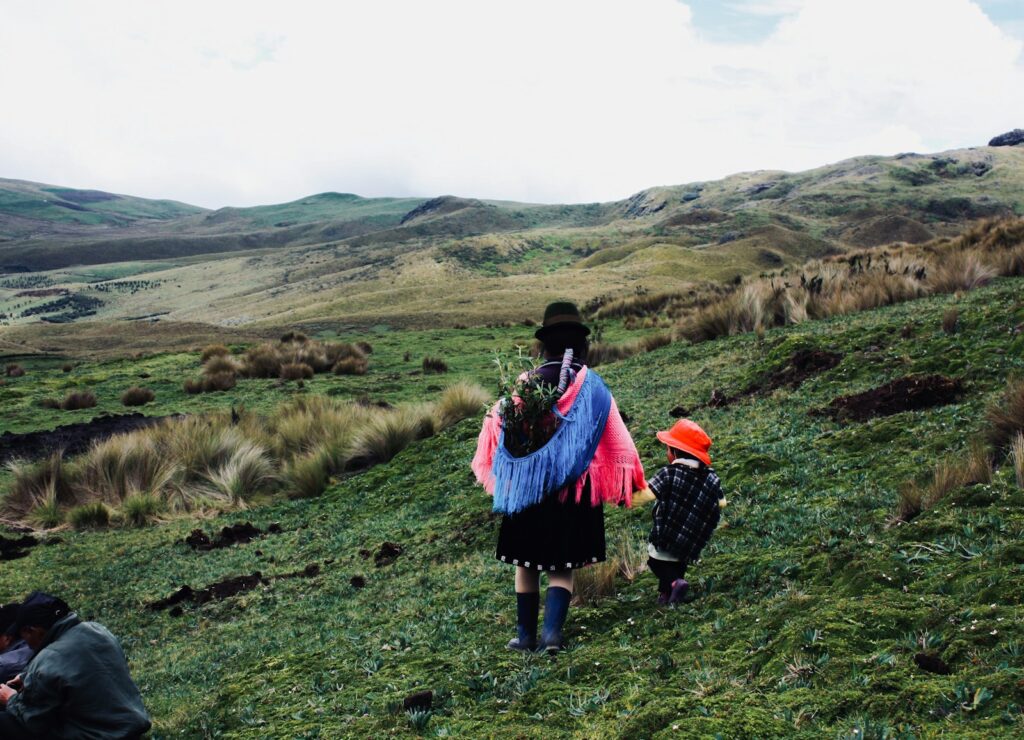
Indigenous communities around the world often maintain deep cultural connections to the land where dinosaur fossils are found, presenting another dimension to ownership considerations that frequently go unacknowledged. For many Native American tribes in the United States, fossils represent sacred connections to the land and may be integrated into traditional knowledge systems and origin stories. The Blackfeet Nation in Montana, for instance, has expressed concerns about fossils being removed from their ancestral territories without proper consultation or respect for cultural protocols. In Australia, Aboriginal communities have established collaborative models with scientific institutions that recognize traditional knowledge alongside paleontological research when fossils are discovered on indigenous lands. These perspectives challenge Western legal frameworks that treat fossils purely as property or scientific specimens by introducing considerations of spiritual and cultural ownership that may not be recognized in conventional property law but carry significant ethical weight. The inclusion of indigenous perspectives in discussions about fossil ownership represents an important evolution toward more comprehensive and just approaches to managing these natural heritage resources.
Legal Battlegrounds: Landmark Court Cases
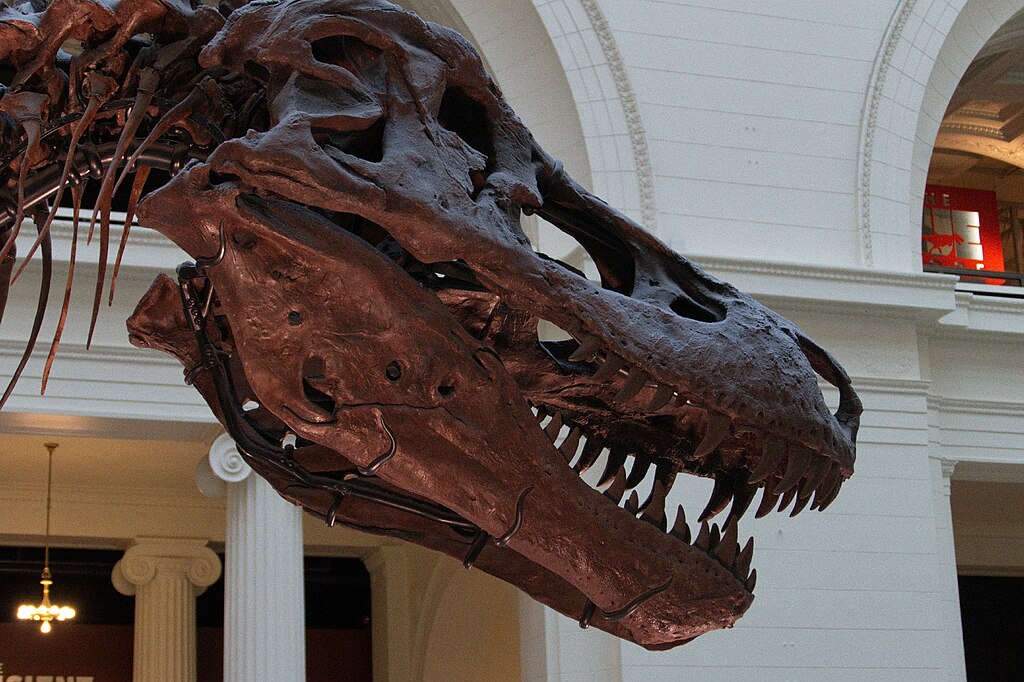
Several high-profile legal disputes have shaped the evolving jurisprudence around dinosaur fossil ownership, establishing precedents that influence how these cases are now decided. The “Murray v. BEJ Minerals” case in Montana created significant controversy when it initially classified dinosaur fossils as “minerals” under state law, which would have transferred ownership from surface landowners to mineral rights holders. This ruling was eventually overturned, but it highlighted the legal ambiguity surrounding these unique resources. Another landmark case involved “Sue” the T. rex, which became entangled in a complex ownership dispute involving the fossil hunters who discovered it, the landowner, the federal government, and tribal authorities claiming jurisdiction over the land. The case of Eric Prokopi, a self-described “commercial paleontologist” who pleaded guilty to smuggling charges related to Mongolian dinosaurs, established important precedents for prosecuting fossil trafficking under cultural patrimony laws. These cases demonstrate how traditional legal frameworks struggle to accommodate the unique characteristics of paleontological resources, which don’t fit neatly into established categories of property, natural resources, or cultural artifacts.
The Museum Dilemma: Public Access vs. Private Rights

Museums face increasingly difficult ethical and financial challenges when acquiring dinosaur fossils for their collections in the current legal landscape. The skyrocketing prices of premium specimens at auction have placed many important fossils beyond the purchasing power of public institutions, forcing museums to rely on wealthy donors or corporate sponsorships to compete with private collectors. This creates situations where museums must navigate complex negotiations with private owners for loans or donations, sometimes making compromises on scientific standards or public access to secure important specimens. Museums increasingly find themselves in the uncomfortable position of potentially legitimizing commercial fossil markets through their participation, even as they advocate for stronger protection of fossils as scientific resources. The American Museum of Natural History in New York, for example, faced criticism for exhibiting a privately owned T. rex skeleton that some paleontologists argued should have been in a research collection instead. These institutions must balance their missions of public education and scientific advancement against the realities of a legal system that often prioritizes private property rights over scientific or educational interests.
Evolving Models: Solutions and Compromises

Creative solutions to the dinosaur ownership dilemma have emerged in different regions, offering potential models for balancing the interests of various stakeholders. Alberta, Canada has developed a system where fossils found on private land technically belong to the province, but landowners receive finder’s fees and recognition when they report discoveries. The “Sue” T. rex case ultimately led to a cooperative model where corporate funding from McDonald’s and Disney enabled the Field Museum to purchase the specimen for public display and research. Some private landowners in the American West have established their own museums or research centers on their properties, maintaining ownership while still providing scientific access and public education opportunities. Digital technologies are creating new possibilities as well, with high-resolution 3D scanning enabling researchers to study digital copies of specimens that remain in private hands or distant museums. These compromise approaches acknowledge that no single stakeholder has an absolute claim to dinosaur fossils, suggesting that shared stewardship models may better serve the multiple values these unique resources represent.
Commercial Fossil Hunting: A Necessary Evil?

The role of commercial fossil hunters in paleontology presents a complex ethical question with valid arguments on both sides of the debate. Professional collectors with commercial motivations have made numerous significant discoveries that might otherwise have remained buried, including many type specimens now housed in major museums around the world. The Sternberg family of Kansas, who collected fossils commercially in the early 20th century, discovered numerous important specimens that advanced scientific understanding while supporting themselves financially through their work. Modern commercial collectors argue that their financial incentives motivate exploration in remote areas that academic expeditions might never reach due to limited funding and time constraints. However, critics point to numerous instances where commercial excavation has damaged contextual information that would have been preserved by scientific teams following proper documentation protocols. The reality remains that commercial fossil hunting exists in a gray area – sometimes contributing valuably to science while simultaneously creating problematic market pressures that can place important specimens beyond scientific reach.
International Agreements: Toward Global Standards
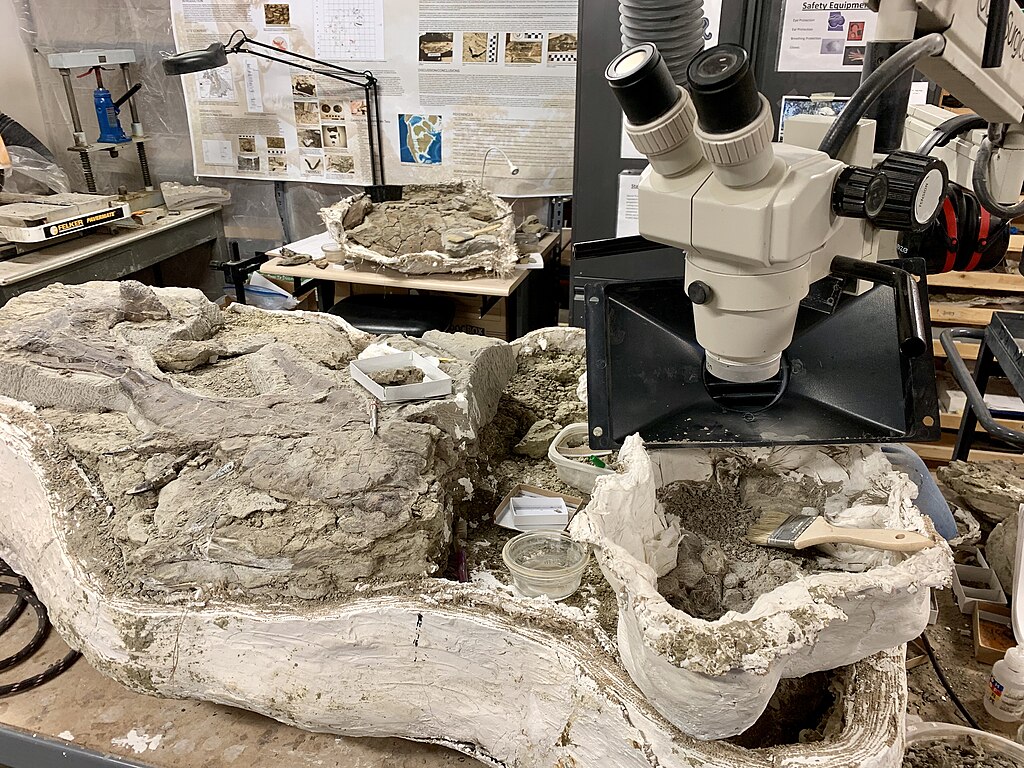
The development of international frameworks for managing fossil resources has accelerated in recent decades, though comprehensive global standards remain elusive. The UNESCO Convention on the Means of Prohibiting and Preventing the Illicit Import, Export and Transfer of Ownership of Cultural Property provides mechanisms for countries to recover illegally exported fossils, as demonstrated in Mongolia’s successful repatriation efforts. The International Council of Museums (ICOM) has established ethical guidelines discouraging museums from acquiring specimens without clear provenance or legal export documentation. Several international scientific organizations, including the Society of Vertebrate Paleontology, have developed professional codes of ethics that address responsible fossil collection and discourage their members from participating in commercial fossil markets that may encourage illegal excavation. Despite these developments, significant gaps remain in the international legal framework, particularly regarding fossils from countries with evolving patrimony laws or limited enforcement capabilities. The challenge moving forward involves harmonizing these various international instruments while respecting national sovereignty and the legitimate interests of property owners, indigenous peoples, and the scientific community.
The Future of Fossil Ownership: Ethical Stewardship
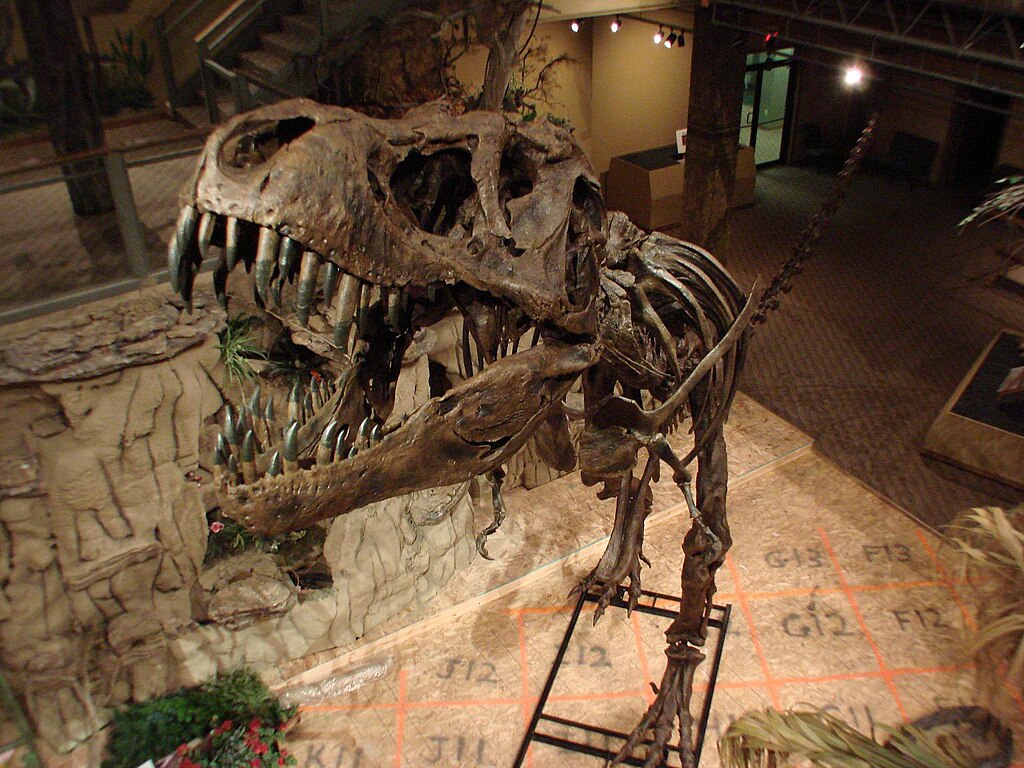
The concept of ethical stewardship may offer the most promising path forward for resolving the complex question of who should own dinosaur fossils. This approach recognizes that, regardless of legal ownership, those who possess these irreplaceable resources have responsibilities that extend beyond their narrow self-interest. Ethical stewardship frameworks acknowledge that dinosaur fossils have multiple simultaneous values – scientific, educational, cultural, aesthetic, and commercial – and that responsible ownership requires balancing these various dimensions rather than privileging any single aspect. For landowners, this might mean ensuring scientific documentation before commercial sale; for museums, it could involve recognizing indigenous perspectives when displaying specimens from tribal lands; and for governments, it might require developing nuanced policies that protect scientific interests while respecting private property rights. The most promising developments in this area involve collaborative models where diverse stakeholders share both the benefits and responsibilities of fossil stewardship, recognizing that dinosaur remains ultimately belong to our shared natural heritage even as they may be legally owned by particular entities.
Conclusion
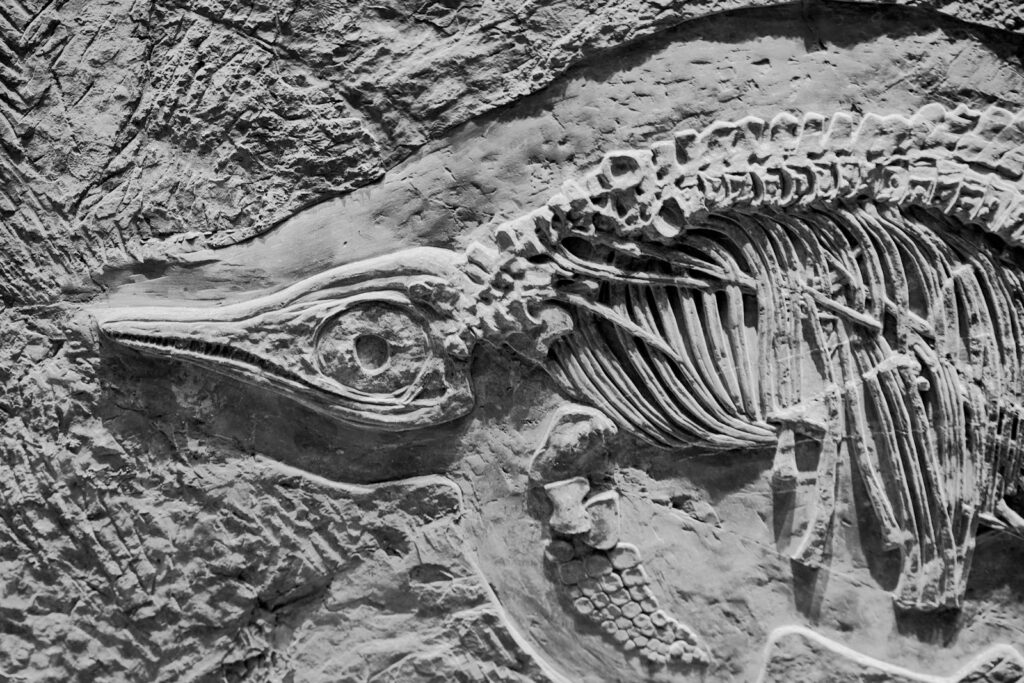
The question of who owns a dinosaur fossil has no simple answer, as these unique resources exist at the intersection of private property rights, scientific knowledge, cultural heritage, and commercial markets. While legal frameworks vary dramatically across different jurisdictions, the trend appears to be moving toward more balanced approaches that recognize the multiple values and stakeholders involved. The ideal solution likely involves collaborative stewardship models that preserve scientific access and public education opportunities while respecting legitimate property rights and indigenous perspectives. As our understanding of these issues continues to evolve, so too will our approaches to managing these remarkable windows into Earth’s ancient past. What remains certain is that dinosaur fossils, regardless of who legally owns them, represent an irreplaceable scientific and cultural heritage that deserves thoughtful protection for future generations.


